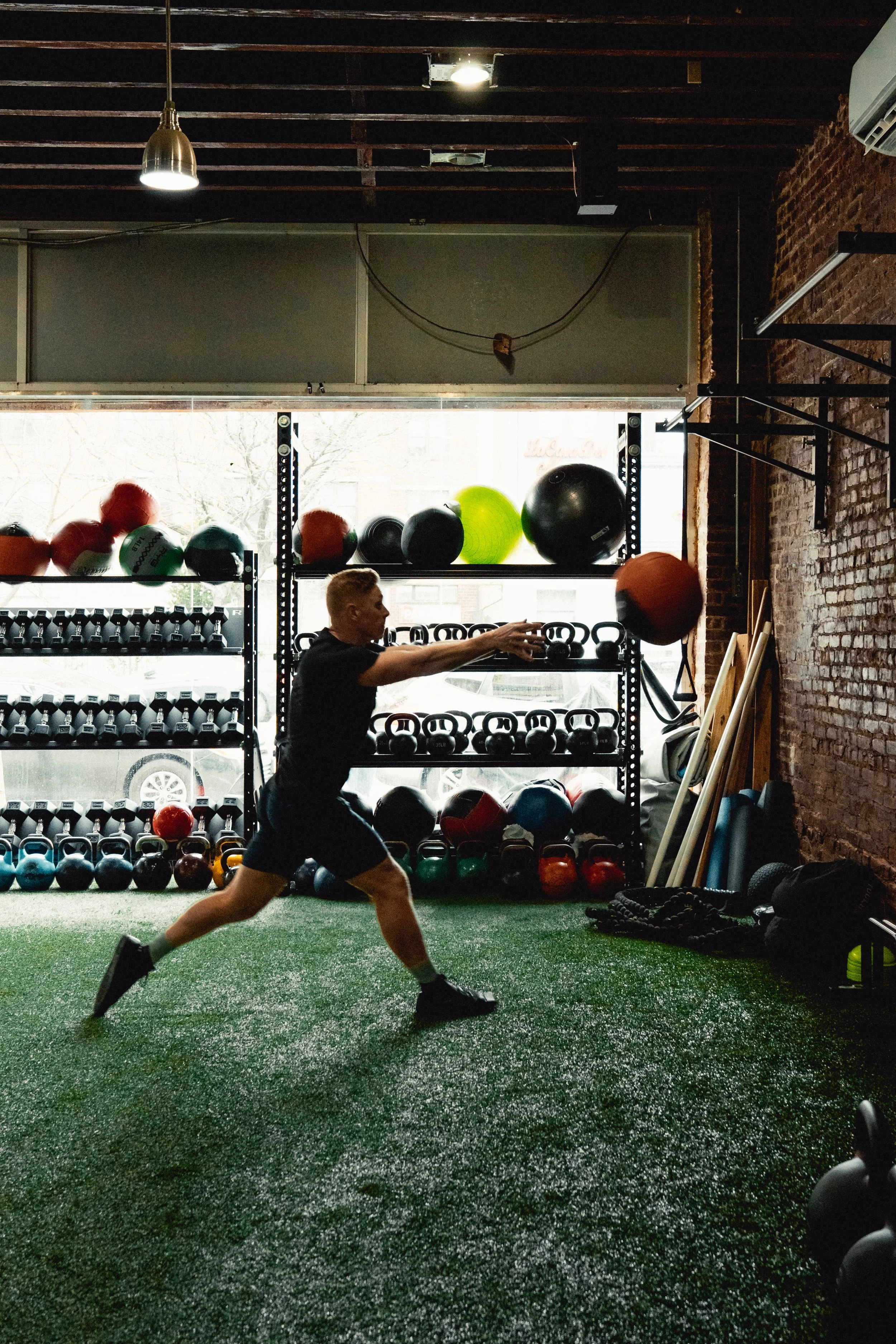Preventing Common Swimming Injuries Through Proper Technique and Training
/Swimming is a fantastic sport that offers numerous health benefits, but without proper technique, these benefits can be overshadowed by nagging injuries. As a swim coach for over 15 years, I've identified four primary causes of swimming injuries: overuse, flawed stroke mechanics, muscle imbalances, and insufficient warm-up. In this comprehensive guide, I share technical adjustments for freestyle, backstroke, butterfly and breaststroke that prevent injury, along with strategic strength training protocols. Learn how to implement a weekly prevention routine that addresses swimmer's shoulder, neck pain, and breaststroker's knee for sustainable, injury-free swimming.
Read More





